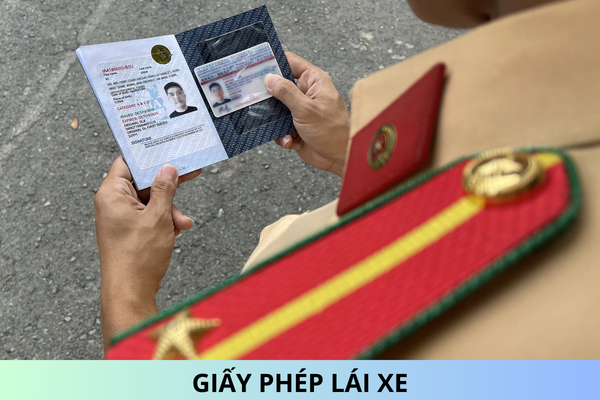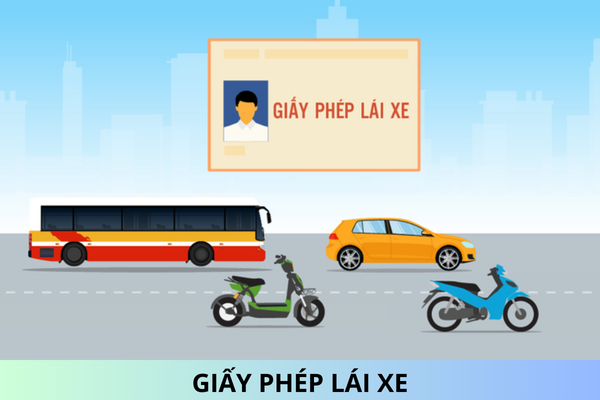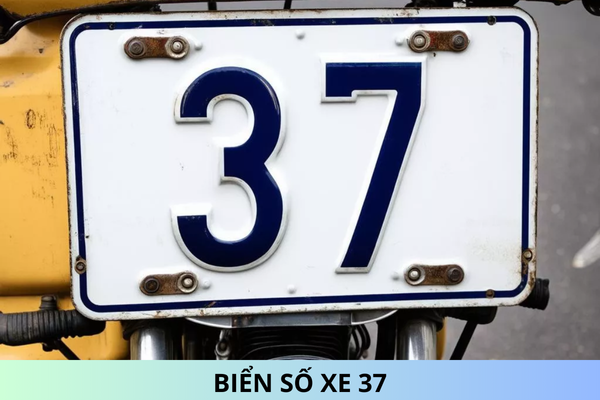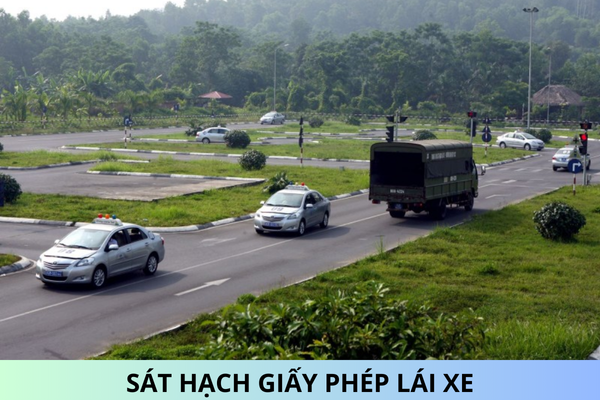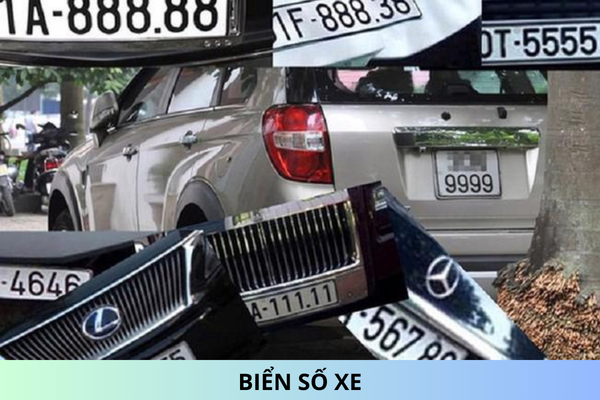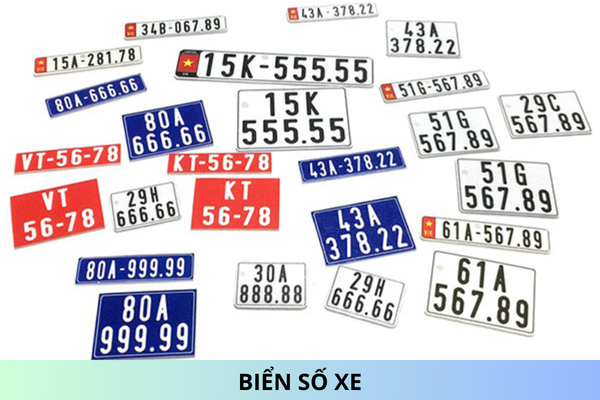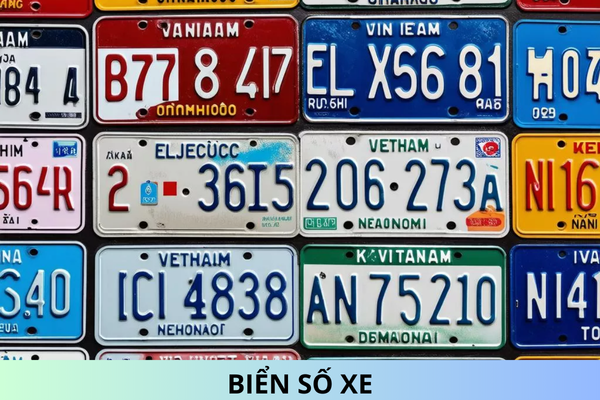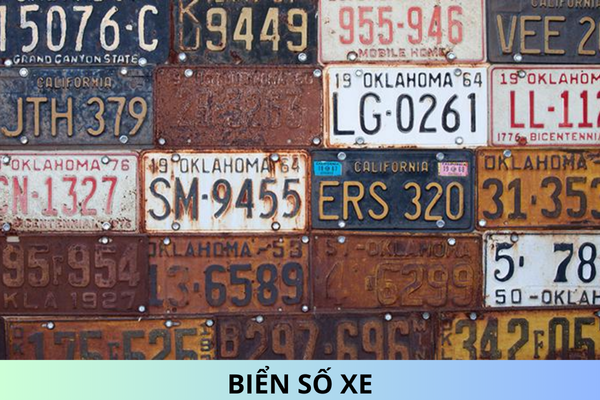Shape and Size of Traffic Cones; How Are Traffic Cones Used in Road Transportation?
Shape and Dimensions of Traffic Posts in Road Traffic
According to Article 57 of Standard QCVN 41:2019/BGTVT, the shape and dimensions of traffic posts in road traffic are prescribed as follows:
Traffic posts have a cross-section in the form of a square with a minimum side length of 12 cm or a circle with an equivalent minimum cross-section; the height of the traffic post, calculated from the road shoulder to the top of the post, is 70 cm; in curved road sections, the height of the post may vary, gradually increasing from 40 cm at the start and end points to 70 cm at the bisector. The above-ground portion of the post is painted white, with a 10 cm segment at the topmost part painted red, made of reflective or luminescent material. In some cases, posts with different colors may be used, but reflective markers must be affixed to the posts according to the provisions of Article 61.
The Function of Traffic Posts in Road Traffic
Traffic posts or protective walls placed at the edges of dangerous road sections guide drivers to recognize the safe road boundaries and the direction of the road route.
Protective walls also limit vehicles from veering off the roadway and provide guidance for drivers at night through vertical paint markings or reflective markers affixed to them.
Cases for Installing Traffic Posts in Road Traffic
Cases for installing traffic posts:
+ At the backs of curves from the start to the end. In cases of transition curves, posts are arranged from the initial connection point to the final connection point;
+ Sections of the roadbed that are constricted;
+ Road sections with embankment slopes higher than 2 meters;
+ Road sections following rivers, streams, ponds, lakes;
+ Road sections intersecting with railways at the same level;
+ Alongside road sections that are frequently or seasonally flooded, and the sides of submerged or over-traveled roads;
+ Road sections passing through sandbanks, marshlands, grass hills where it is hard to distinguish the driving surface from the land strips on either side.
No posts are needed when the road surface is clearly marked by curbs, sidewalks, or adjacent structures, or when reflective arrow markers are used at curves.
Respectfully!
